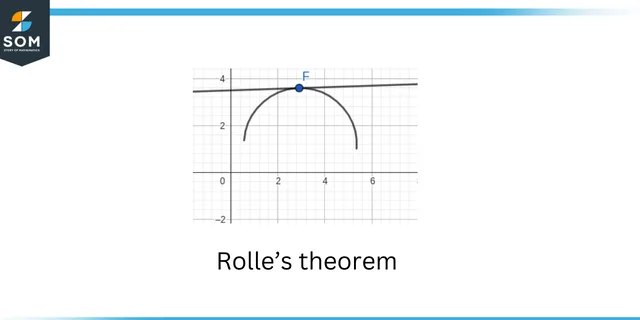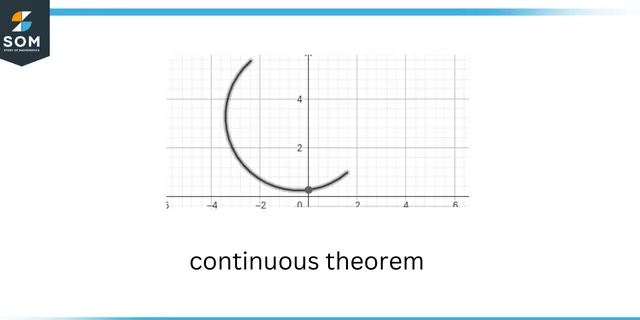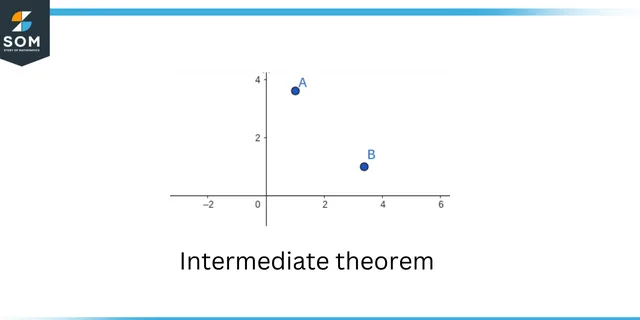

Rolles theorem
This question aims to find the real root of the given equation using the Intermediate theorem and Rolle’s theorem.

Continuous theorem
If the function is continuous on the interval [c,d] then there should be an x-value in the interval for every y-value that lies in the f(a) and f(b). The graph of this function is a curve that shows the continuity of the function.
A continuous function is a function that has no discontinuities and unexpected variations in its curve. According to Rolle’s theorem, if the function is differentiable and continuous on [m, n] such that f(m) = f(n) then a k exists in (m, n) such that f’(k) = 0.

Intermediate theorem
Expert Answer
According to the Intermediate theorem, if the function is continuous on [a,b], then c exists as:
\[ f (b) < f (c) < f (a) \]
It can also be written as:
\[ f (a) < f (c) < f (b) \]
The given function is:
\[ 2 x + cos x = 0 \]
Consider the function f (x):
\[ f (x) = 2 x + cos x \]
If we put +1 and -1 in the given function:
\[ f (-1) = -2 + cos (-1) < 0 \]
\[ f (1) = 2 + cos (1) > 0 \]
There exists c in ( -1, 1) when f(c) = 0 according to intermediate theorem. It means that f(x) has a root.
By taking the derivative of the function:
\[ f’ (x) = 2 – sin (x) \]
For all values of x, the derivative f’(x) must be greater than 0.
If we assume the given function has two roots, then according to Rolle’s theorem:
\[ f (m) = f (n) = 0 \]
There exists k in ( m, n ) such that f’ (k) = 0
f’ (x) = 2 – sin (x) is always positive so there exists no k such that f’ (k) = 0.
There cannot be two or more roots.
Numerical Results
The given function $ 2 x + cos x $ has only one root.
Example
Find the real root of 3 x + cos x = 0.
Consider the function f(x):
\[ f(x) = 3 x + cos x \]
If we put +1 and -1 in the given function:
\[ f(-1) = -3 + cos (-1) < 0 \]
\[ f(1) = 3 + cos (1) > 0 \]
By taking the derivative of the function:
\[ f’(x) = 3 – sin (x) \]
For all values of x, the derivative f’(x) must be greater than 0.
If we assume the given function has two roots then:
\[f(m) = f(n) = 0\]
f’(x) = 3 – sin (x) is always positive so there exists no k such that f’(k) = 0.
There cannot be two or more roots.
The given function $ 3 x + cos x $ has only one root.
Image/Mathematical drawings are created in Geogebra.
